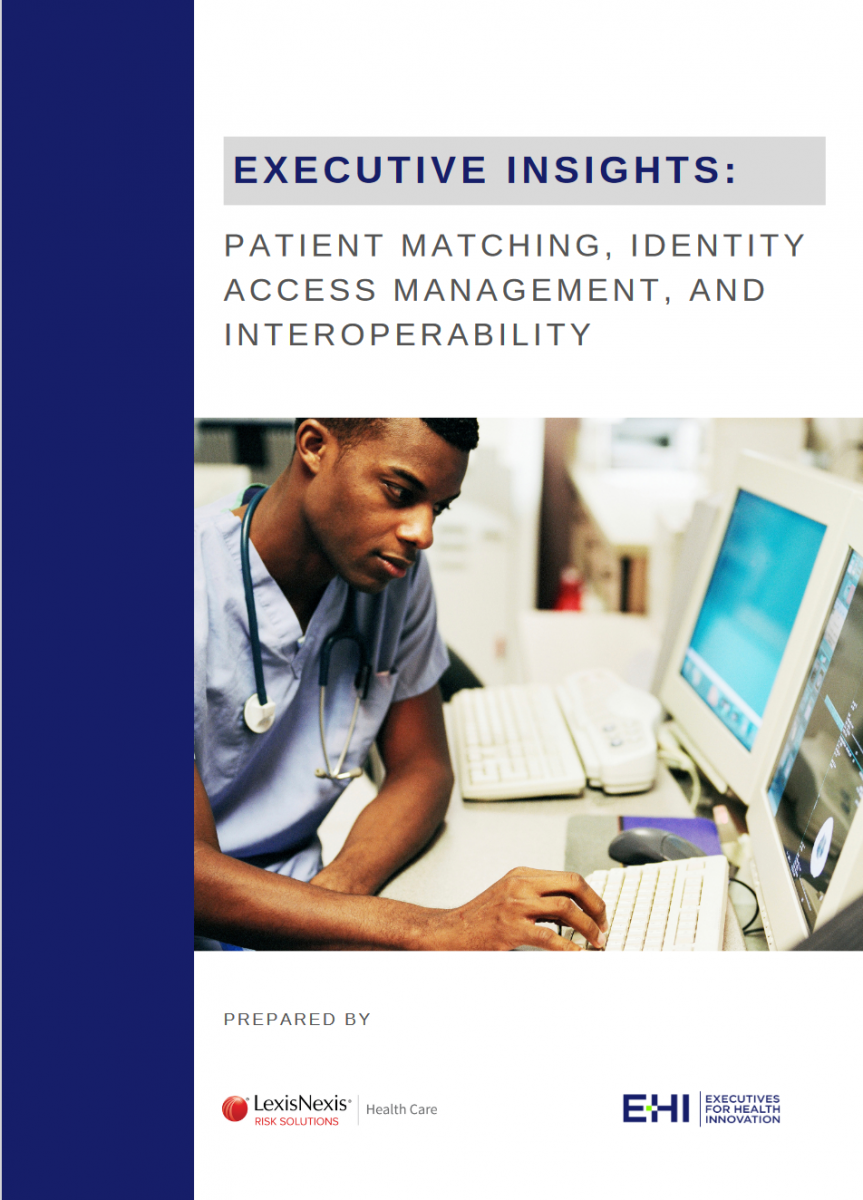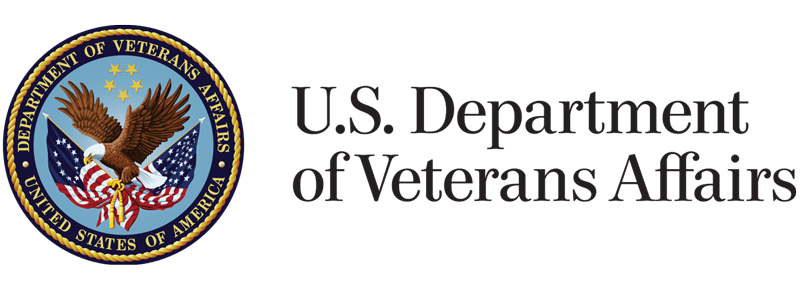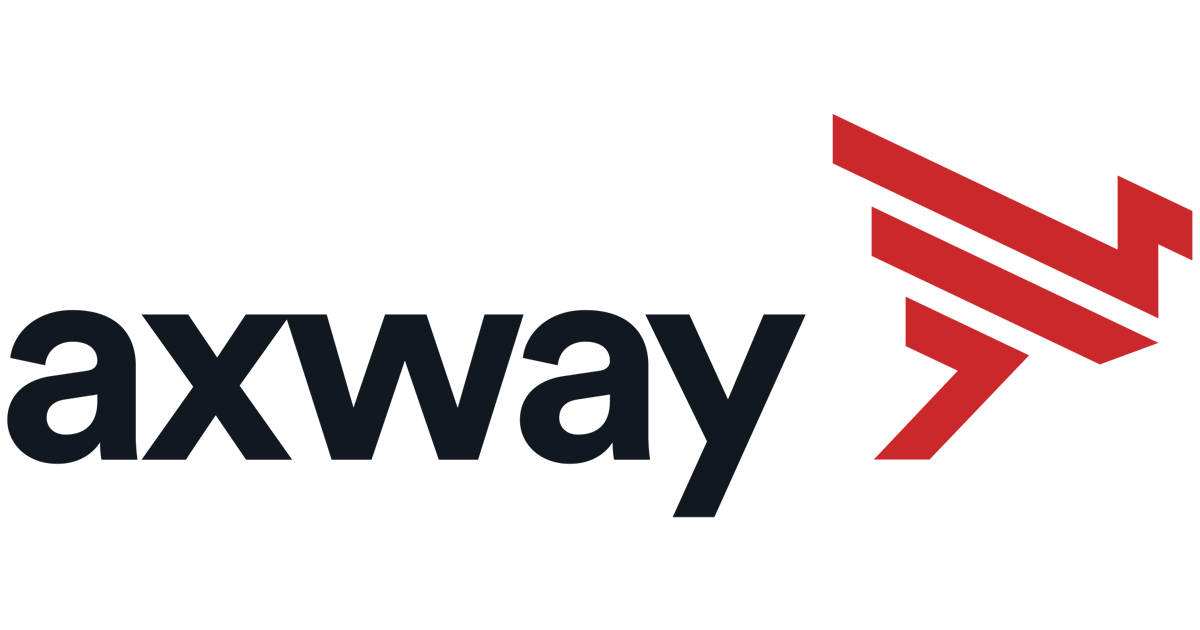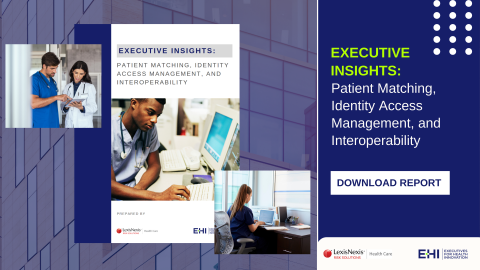Topic intro description here. Limited to 145 characters. Topic intro description here. Limited to 145 characters. Topic intro description here.
Webinar: Ensuring Provider Data Isn’t the Source of Surprises
Overview
The No Surprises Act (NSA) which went into effect on January 1, 2022, provides consumers federal protections from unexpected medical bills. One of the provisions of the No Surprises Act requires health plans to update their provider directories more frequently. This gets to the root cause of surprise billing, which is patients’ ability to easily identify which providers are in-network. If payers can update their directory in just 48 hours, as the law mandates, patients will have a much better chance of finding care that’s covered by their plans.
Sounds easy, right? Except for the fact that health plans are processing an avalanche of provider data each day, and that data is NOT streaming in seamlessly through a shared platform between payers and providers. It’s no surprise (pun intended) that the provider directory updates can take weeks, cost millions of dollars, and still have an accuracy rate of 60%. That’s hugely problematic since payers rely on this information not only to update their provider directories, but also to determine which providers should be paid contracted rates, for specialty and licensing updates, and for billing information changes that are necessary to pay claims.
What You'll Hear
Historically it has been challenging for payers and providers to solve all these issues, but new cutting-edge innovations now make it possible to automate the millions of human hours spent cleaning and keying in this data, as well as improve its accuracy. Watch this event recording to discuss how leveraging automation can help solve the provider directory problem.
Speakers
- Dan Hoodin, Vice President, Managed Care Strategy and Development, Hospital Sisters Health System
- Mike Kane, Vice President, Provider Operations; Principal, Provider Data Accuracy, United Healthcare
- Lynda Rowe, Senior Advisor, Value-based Markets, Intersystems
Sponsored by
![]()
Report: Patient Matching, Identity Access Management, and Interoperability
|
Overview Accurate data matching has been a long-time problem in the healthcare industry. The promotion of interoperability exacerbates that problem by creating duplicate and mismatched records if organizations do not have the ability to see through sparse data. This report is based on an executive roundtable from Executives for Health Innovation (EHI) and the health care business of LexisNexis® Risk Solutions, where experts discussed and shared insights on how their organizations plan on complying with evolving interoperability regulations, while addressing the impacts that it will have on their ability to balance customer experience and data security. |
 |
Prepared By

![]()
Webinar: Using AI/Machine Learning for Patient Matching to Support Patient Safety and Improve Care
Access to accurate, complete, and timely data is one of the most valuable assets in any healthcare organization. Quality data improves care coordination, clinical outcomes, and saves lives but can only be achieved with accurate patient identification or matching across multiple sources. Interoperable electronic health records (EHRs) allow the electronic sharing of patient information between these difference sources, but sharing the data successfully requires the capacity to connect each patient with the correct record.
Webinar: EHR Usability and Optimization Solutions
OVERVIEW
Electronic health records (EHR) usability and interoperability have presented the public and private sectors both opportunities and challenges to delivering quality care.
Today, clinicians are inundated with a lot of data. Digesting large amounts of information is time consuming and can keep clinicians from delivering timely and efficient care. In addition, the data does not always include the information they need at the time they need it.
This esteemed panel, representing the Veteran Affairs Medical Centers and the private sector, addressed their experience confronting these data challenges, and explain why clinicians can benefit from an intuitive, predictive, and highly flexible workflow platform that leverages FHIR APIs.
Speakers:
- Dr. Laura Kroupa, Former Chief Medical Officer, Veterans Affairs (VA) Office of Electronic Health Records Modernization (OEHRM)
- John Glaser, Executive in Residence, Harvard Medical School Executive Education; former CIO, Partners HealthCare; CEO, Siemens Healthcare; SVP, Cerner Population Health
- Craig Limoli, CEO and Founder, Wellsheet
![]()

Sponsored by
![]()
Webinar: Can the Interoperability Rule Change Healthcare Integration Forever?
Power care coordination and care management by reusing FHIR APIs.
OVERVIEW
As FHIR APIs become more commonplace and new regulatory mandates loom, it could be useful to find multiple uses for your APIs. If we can move from creating stand-alone APIs to repurposing existing APIs, we can accelerate project delivery, reduce project costs, and create new experiences for patients and partners.
During this webinar, an esteemed panel of experts dug into the opportunities and roadblocks associated with the reuse of APIs, including:
- Do you need patient consent to reuse APIs?
- Do you need additional security to make reuse work safely?
- Is the Patient Access API the right building block?
- Why are experienced APIs so important to reuse for program agility?
- How can we put Interoperability Rule FHIR APIs to work?
Featured Speakers:
- John Halamka, M.D., M.S., President, Mayo Clinic Platform
- Viet Nguyen, MD - Chief Standards Implementation Officer, HL7 International
- Marc Overhage, MD, PhD, Chief Medical Informatics Officer, Anthem, Inc.
- Ruby Raley, VP of Healthcare, Axway
Sponsored by:

Webinar: The Great Workforce Burnout: How Can We Provide Relief?
OVERVIEW
Clinician burnout is at an all-time high. The strain is fueling an already tremendous worker shortage in nursing, as well as contributing to significant resignations among physicians. The challenges are well known.
This important and timely webinar aimed to address what can be done to provide these critical frontline workers, including physicians and nurses, the necessary relief to increase their job satisfaction, and ultimately improve patient care.
The panelists addressed their experience deploying an intuitive predictive workflow system, integrated with Cerner and Epic, which has reduced clinician time in the EHR with speed and flexibility, among other benefits. They also discussed their experience using the FHIR-based API system to stand up a field hospital and deploy a COVID dashboard, all with minimal time and support required from IT.
Speakers
- Nicholas Larochelle, MD, Medical Director, Concord Hospital Emergency Department
- Craig Limoli, CEO and Founder, Wellsheet
- LeAnthony Mathews, RN, MBA, MS, BSN, CPHIMS, Director of Information Technology & Systems,
Sponsored by
![]()
Webinar: The Great Workforce Burnout: How Can We Provide Relief?
OVERVIEW
Clinician burnout is at an all-time high. The strain is fueling an already tremendous worker shortage in nursing, as well as contributing to significant resignations among physicians. The challenges are well known.
This important and timely webinar aimed to address what can be done to provide these critical frontline workers, including physicians and nurses, the necessary relief to increase their job satisfaction, and ultimately improve patient care.
Webinar: Can the Interoperability Rule Change Healthcare Integration Forever?
VERVIEW
As FHIR APIs become more commonplace and new regulatory mandates loom, it could be useful to find multiple uses for your APIs. If we can move from creating stand-alone APIs to repurposing existing APIs, we can accelerate project delivery, reduce project costs, and create new experiences for patients and partners.
During this webinar, an esteemed panel of experts dug into the opportunities and roadblocks associated with the reuse of APIs, including:
Webinar: The Current and Future State of Digital Health Credentials: Here to Stay
Although digital health credentials are not new, they rose quickly to international attention in the wake of the COVID-19 pandemic and have stayed in the news given recent vaccine mandates.
Hear from experts in healthcare and health technology about where things stand now with respect to their benefits, at-times controversial implementation, ethical and privacy implications — and where we go from here.
Join us as we discuss the current and future state of digital health credentials.
Sponsored by:
Speakers
-
Sunil Budhrani, MD, MPH, MBA, Chief Executive Officer & Chief Medical Officer, Innovation Health
-
Quentin Palfrey, President, International Digital Accountability Council (IDAC)
-
Eric Piscini, Global VP Payer and Emerging Business Networks, IBM Watson Health
-
Gautam M. Shah, Vice President, Platform and Marketplace, Change Healthcare
Report: Clinical Communication and Collaboration: Redefining the Patient Journey for Better Outcomes
As the pandemic evolved, an added strain was placed on Emergency Departments (EDs) with the need to isolate COVID-19 patients from those seeking emergent care and non-COVID-19 care. Minimizing time spent in the ED or bypassing the ED altogether, along with the suspension of facility-based elective care, became a priority. This caused a shift in the traditional patient journey. There was a heightened interest in virtual assessments and notification systems to improve the flow of patients through EDs.
eHI collaborated with Everbridge to create this report.


